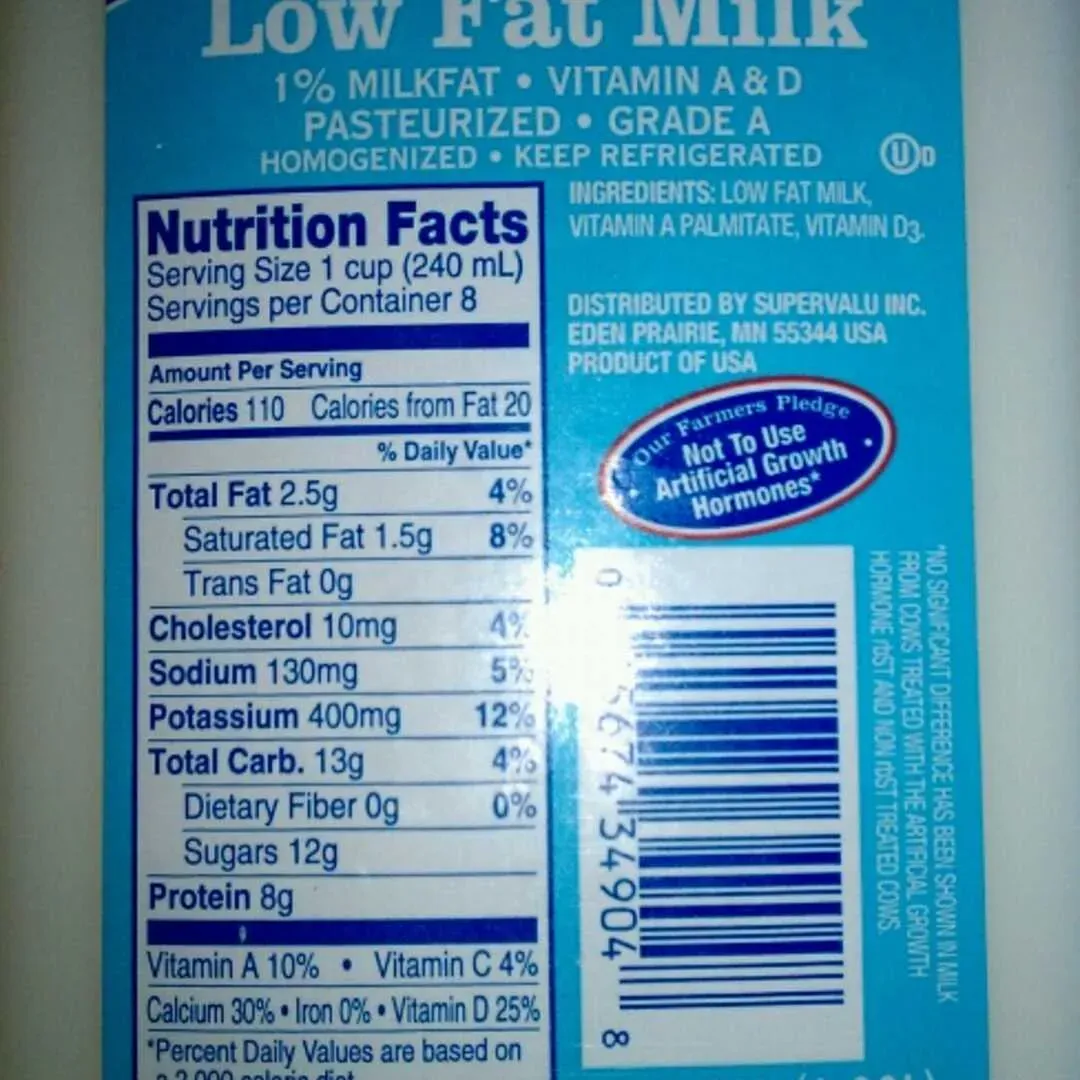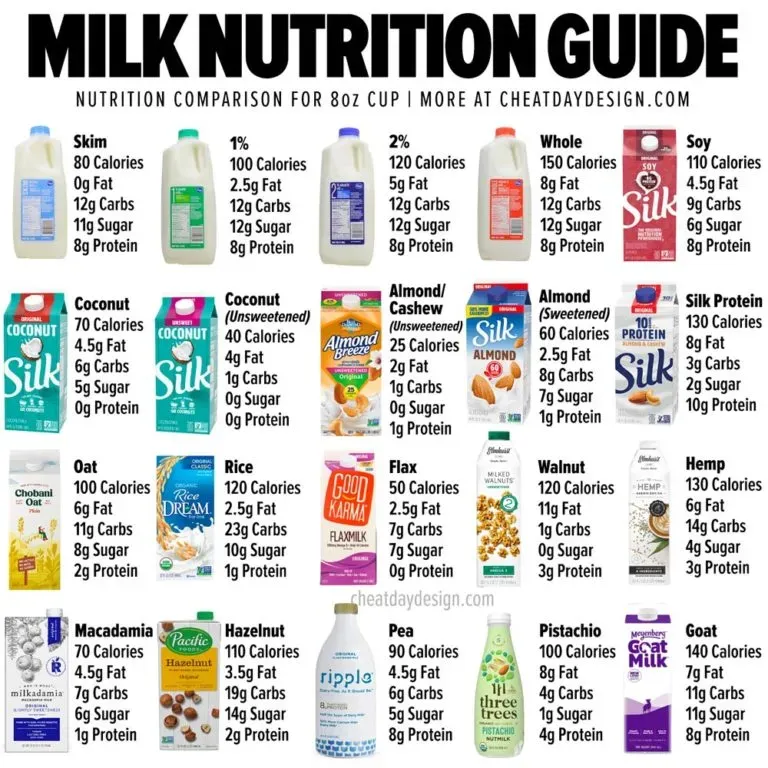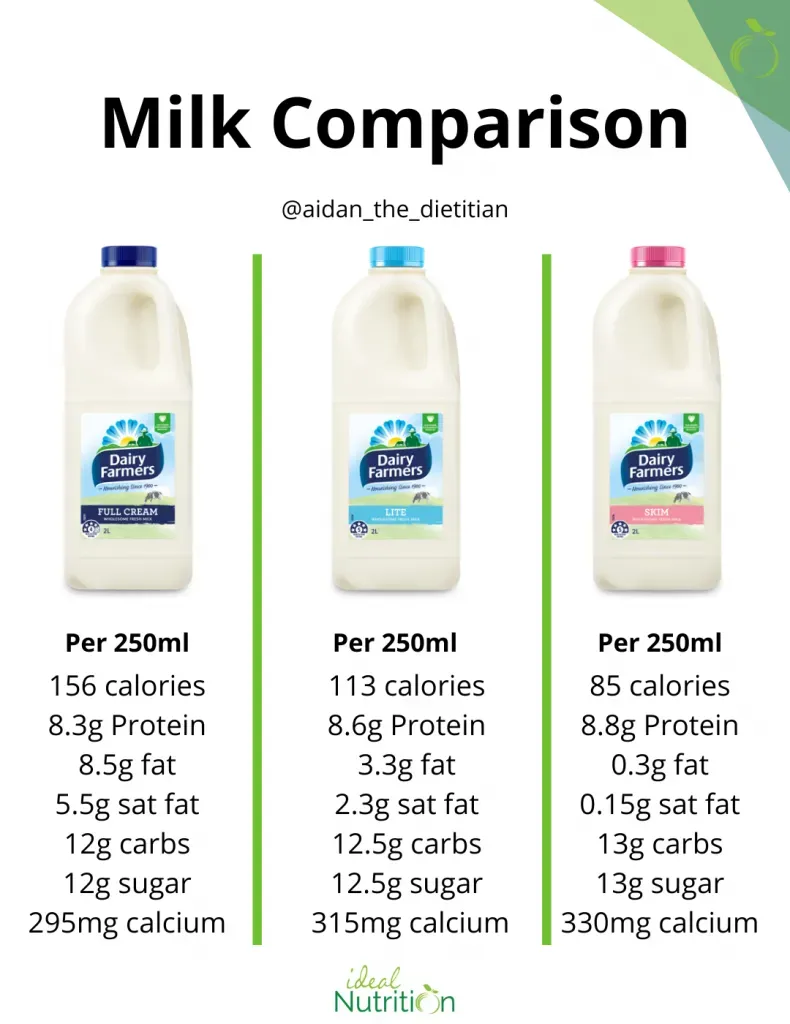Table of Contents
Ever grabbed a glass of milk, thinking you're making a healthy choice, and then paused? You're not alone. Millions wonder about the numbers behind their everyday drinks, especially when it comes to managing weight or just understanding what they consume. Low fat milk sits on many kitchen tables and grocery lists, often seen as a go-to for its balance of nutrients without the heavier feel of whole milk. But what exactly are the calories in low fat milk?
Breaking Down Calories in Low Fat Milk

Breaking Down Calories in Low Fat Milk
The Basic Number: What to Expect
So, you're curious about the nitty-gritty of calories in low fat milk. Fair enough. Nobody wants to guess when it comes to what they're putting in their body. Generally speaking, a standard 8-ounce cup of 1% low fat milk clocks in right around 100 to 110 calories. Think of it as a small snack's worth of energy. It's significantly less than whole milk, which carries more fat and thus more calories, but it's certainly not zero. It's a number that fits comfortably into most daily calorie budgets, whether you're pouring it over cereal, adding it to coffee, or just drinking a cold glass straight up.
Where Do Those Calories Come From?
Understanding the calories in low fat milk isn't just about the total number; it's about the breakdown. Those approximately 100-110 calories come from three main places: carbohydrates, protein, and fat. Even though it's "low fat," there's still a bit of fat hanging around – typically around 2.5 grams per cup. Carbohydrates, mostly in the form of lactose (milk sugar), contribute the largest chunk, usually around 12 grams. Protein is the other major player, packing in a solid 8 grams or so. This macronutrient mix is why milk feels more substantial than, say, sugary water.
Here's a quick look at the typical breakdown per 8 fl oz cup:
- Total Calories: ~102-105
- Total Fat: ~2.5 grams (about 23 calories)
- Total Carbohydrates: ~12 grams (about 48 calories)
- Protein: ~8 grams (about 32 calories)
Small Factors, Slight Differences
While the numbers above are a pretty reliable average for calories in low fat milk, you might see slight variations depending on the brand or if the milk has added nonfat milk solids. Adding those solids can bump up the protein and calcium slightly, which might tack on a few extra calories, maybe pushing it closer to the 110 mark. It's not a huge jump, certainly not enough to derail your day, but it explains why you might see 102 on one carton and 105 on another. Always peek at the nutrition label on the specific carton you buy if you need the exact figure.
Comparing Calories: Low Fat Milk vs. Other Types

Comparing Calories: Low Fat Milk vs. Other Types
How Low Fat Stacks Up
Alright, so you know the ballpark figure for calories in low fat milk. Now, how does that number look when you put it next to other options chilling in the dairy aisle? Whole milk, with its higher fat content, naturally packs more calories – you're looking at roughly 150 calories per 8-ounce cup. Skim milk, which has virtually all the fat removed, sits lowest on the calorie scale, often around 80-90 calories per cup. So, low fat milk lands squarely in the middle, offering a compromise between the richness of whole milk and the lighter profile of skim.
Milk Type (8 fl oz) | Approximate Calories | Approximate Fat (g) |
|---|---|---|
Whole Milk | 150 | 8 |
Low Fat Milk (1%) | 100-110 | 2.5 |
Skim Milk (Nonfat) | 80-90 | 0-0.5 |
Beyond Calories in Low Fat Milk: Essential Nutrients

Beyond Calories in Low Fat Milk: Essential Nutrients
More Than Just Energy: Vitamins
Look, focusing solely on the calories in low fat milk misses a big part of the story. It's not just fuel; it's a delivery system for crucial vitamins. Think Vitamin D, often added to milk, which is a real workhorse for bone health, helping your body soak up calcium. Without enough Vitamin D, that calcium isn't doing its job as well. Then there's Vitamin A, important for vision and immune function. Low fat milk provides a decent hit of these, making it a pretty efficient way to get some vital micronutrients without a ton of extra fat.
Mineral Powerhouse: Calcium and Beyond
Alright, everyone knows milk means calcium, and low fat milk is no exception. It's still a top-tier source for building and maintaining strong bones and teeth. We're talking a significant chunk of your daily needs in a single cup. But it doesn't stop there. Milk also brings potassium to the table, which plays a role in maintaining healthy blood pressure, and phosphorus, another key player for bone health. It's like a little mineral cocktail, ready to go.
Nutrient (8 fl oz Low Fat Milk) | Approximate Amount | Why it Matters |
|---|---|---|
Calcium | ~300 mg | Bone strength, nerve function |
Vitamin D | ~2.5 mcg (100 IU) | Calcium absorption, bone health |
Potassium | ~380 mg | Blood pressure regulation |
Vitamin A | ~150 mcg RAE | Vision, immune function |
The Protein Factor: Building Blocks
We touched on protein when breaking down the calories in low fat milk, but it deserves its own moment. That 8 grams of high-quality protein per cup is significant. Protein is essential for building and repairing muscle tissue, keeping you feeling full, and supporting countless bodily functions. For anyone looking to manage their weight or build muscle, getting adequate protein is key, and low fat milk offers a convenient and relatively low-calorie way to contribute to that goal. It's not just empty calories; it's functional nutrition.
Fitting Calories in Low Fat Milk into Your Diet Plan

Fitting Calories in Low Fat Milk into Your Diet Plan
Fitting Calories in Low Fat Milk into Your Daily Intake
so you know the calories in low fat milk aren't sky-high, but you still have to make them count, right? Fitting those ~100-110 calories into your daily plan isn't rocket science, but it does require a smidgen of planning. If you're tracking calories, simply log it like anything else. A cup in your morning coffee, a glass with lunch, or mixed into a smoothie – each adds its modest contribution. Think of it as a nutrient-dense beverage that brings protein, calcium, and vitamins along with its energy cost, making it a more valuable addition than, say, a similar amount of calories from soda or juice which offer little nutritional upside.
Making Sense of Calories in Low Fat Milk Labels

Making Sense of Calories in Low Fat Milk Labels
Reading the Fine Print
Alright, so you've got the general idea of calories in low fat milk, but let's get real: the carton's got the definitive word. Making sense of that nutrition label is key. You'll find the total calorie count front and center, usually right under the serving size, which for milk is almost always 8 fluid ounces (one cup). Below that, you'll see the breakdown: total fat, total carbohydrates, and protein. This confirms where those calories are actually coming from, reinforcing that it's not just sugar water. Pay attention to the serving size – if you pour a giant 16-ounce glass, you're obviously doubling the calories listed.
Wrapping Up Calories in Low Fat Milk
So, we've peeled back the layers on the calories in low fat milk. It's not just a number; it's part of a larger picture. We've seen that a standard cup hovers around 100-110 calories, a figure that stacks up quite favorably against whole milk, offering a calorie reduction without completely gutting the nutritional benefits. It's a solid source of protein, calcium, and vitamins, components often overlooked when people fixate solely on calorie counts. Understanding these numbers and the overall profile helps you make a deliberate choice, whether you're counting every calorie or just aiming for a balanced intake. It's about knowing what's in your glass and how it serves your personal dietary goals, rather than just following vague health trends. Consider the facts, look at your own needs, and decide if those calories in low fat milk are the right fit for you.
